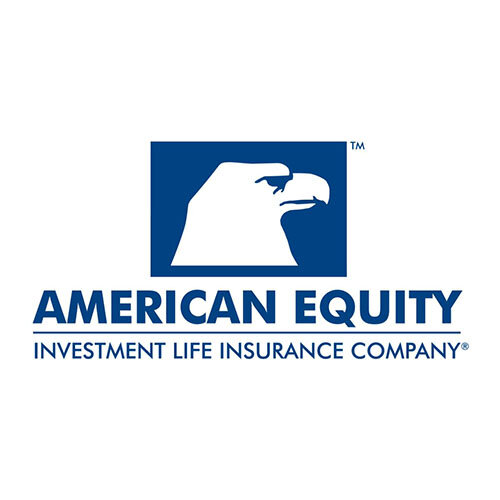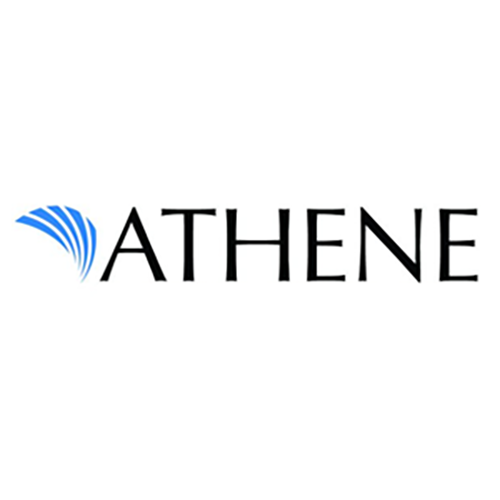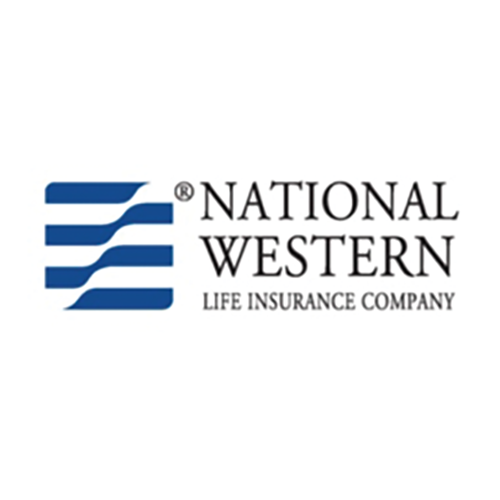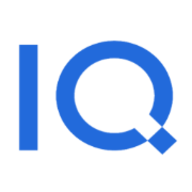
How does it work?
An IRA lets you set aside funds today for use in your retirement, up to an annual limit. IRAs can be set up at a variety of financial institutions, with funds placed in interest-bearing accounts, investment funds such as mutual funds or bond accounts, or a combination of all of these. The most common type of IRA, the traditional IRA, lets you set aside money on a pre-tax basis—meaning you deduct your annual contribution to the fund from the taxable income you report on your federal income tax return. When you withdraw from the fund, the money you take out is treated as taxable income. The benefit of this approach lies in the likelihood that most individuals pay taxes at a higher rate during their peak earning years than they do during retirement, so deferring the taxes on IRA contributions ultimately means paying less income tax on those funds.The money in your investment account is managed differently depending on how your account is set up.
IRA the Same as a 401(k)?
The savings and investment strategies and tax benefits of a traditional IRA are similar to those of 401(k) plans, but 401(k) plans are provided (and often partially funded) by employers as part of their employee benefit programs. An IRA, as its name implies, is set up and maintained by an individual. If you have both a 401(k) and an IRA, but you can't afford to fully fund both, you may want to consult a financial advisor or a rep for your company 401(k) plan to decide how to allocate savings between them. At the very least, it's advisable to make sure you earn your employer's full matching contribution to the 401(k) before placing funds in an IRA.


Getting started.
Setting up an IRA is pretty straightforward. Accounts are available from many financial institutions as well as investment houses and mutual fund providers. Compare plans to understand their fees and the degree to which investments are managed. Some funds are maintained by investment professionals, while others are devoted to one or more types of savings account or investment fund unless you change them and still others are managed using sophisticated trading algorithms.It's important that you understand your fund's investment strategies and risk levels, and that you understand and accept the fees associated with fund management. Ask plenty of questions and rule out any funds that don't provide satisfactory answers, or that don't seem to have time to get back to you. After making an initial deposit to open the fund, it should be easy to arrange ongoing direct deposits from your paycheck or bank account.As with any investment program, the key to success with an IRA is to begin funding it as early in your career as possible, and to make steady contributions over the long haul—ideally reaching a point where you can max out your contribution, paying in the maximum sum allowed by law every year.An IRA can be an important element of any retirement planning strategy, and the sooner you get one (or more) working for you, the greater will be the benefit when you're ready to retire.





Get great value, exceptional service, planning, and investment guidance.
Subscribe to our newsletter.
Sign up with your email address to receive news and updates.
Dickson & Associates
121 West 86th Ave
Merrillville, Indiana 46410
office@dicksonassociate.com
+1 (219) 736-1050
Hours
Monday - Friday
10am - 6pm
Follow US
© 2023 Dickson & Associates. All rights reserved
 designed by AgencyIQ
designed by AgencyIQ